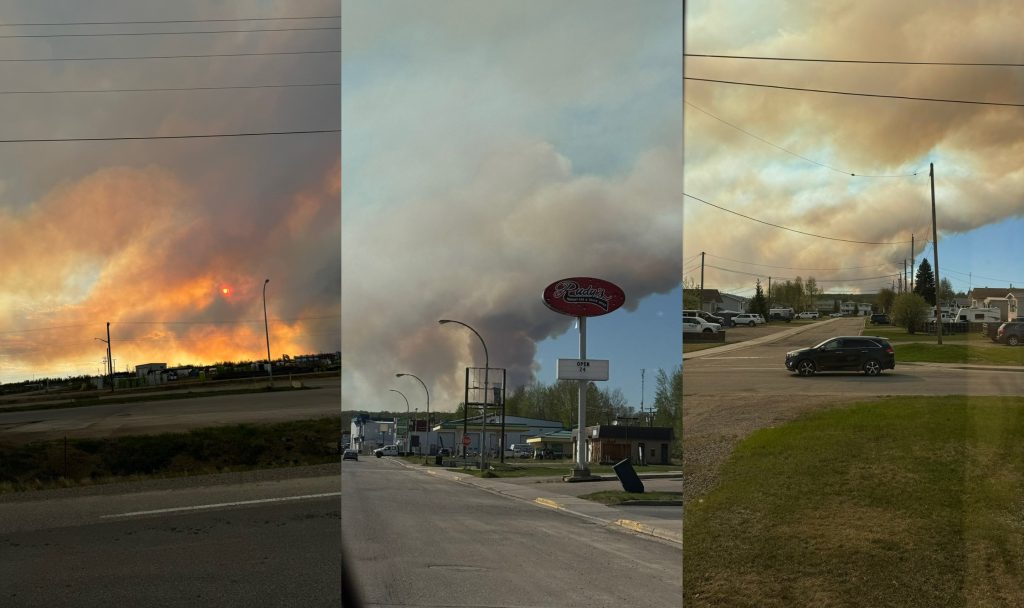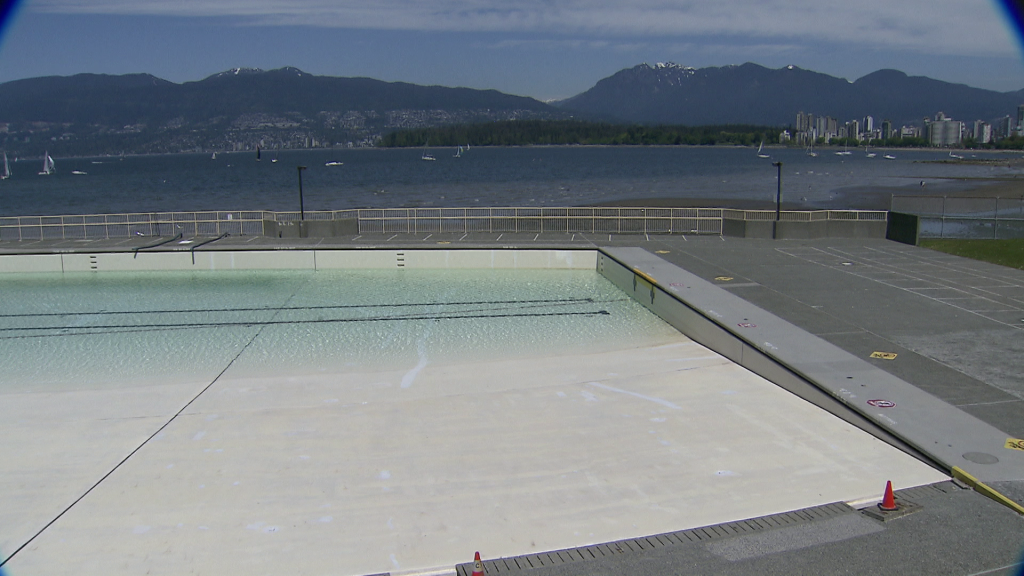Fraser River fishing restrictions in place after rockslide threatens spawning salmon
Posted July 12, 2019 6:06 pm.
VANCOUVER (NEWS 1130) — After a massive rockslide in June, temporary limits are being placed on some Fraser River salmon fisheries in hopes the threatened population can be preserved.
The rockslide at Big Bar, west of Clinton, resulted in a five metre waterfall blocking the route Chinook salmon follow upstream to spawn.
Andrew Thomson, a regional director with the Department of Fisheries and Oceans, says temporary restrictions could help protect dwindling salmon stocks.
“At present only a small percentage of spawning salmon are able to get over and reach these spawning areas. Given the grave urgency of the situation, it is imperative to take swift action to save as many of these salmon as possible,” he says.
The restrictions include setting a a maximum size limit of 80 centimetres on caught Chinook. The restrictions will be re-evaluated on July 31.
By then, Thomson says they hope the “vast majority of at-risk salmon” will have migrated past the area impacted by the slide.
RELATED: ‘Significant’ rock slide in Fraser River raises concerns about salmon spawning
“First Nations food, social, ceremonial, fisheries already in place below the landslide will not be affected,” Thomson says.
DFO staff also say they’ll be “working with First Nations in these areas to minimize Chinook harvests.”
Some First Nations leaders support the restrictions and are calling the current crisis a “salmon state of emergency.”
“We fully support the call from the Fraser Salmon Management Council that all recreational and commercial fisheries fishing Fraser River salmon stocks immediately stop and any contemplated recreational and commercial fishery, including catch and release, not take place until after it is determined that all salmon have safe access around the slide area and that any such openings only be considered after conservation and First Nations priority needs are met,” says Grand Chief Stewart Phillip in a release.
Thomson says any hardship that results from the short-term restrictions has to be balanced with the goal of sustaining the salmon population long-term.
“Potential for a permanent loss of these populations represents a greater threat to the livelihoods of all those who depend on salmon for sustenance and economic opportunity as well as the wildlife that depend on them for a food source,” he says.
Thomson adds Friday’s announcement comes after government–along with independent experts and local First Nations–worked “around the clock” to decide on a way forward.










